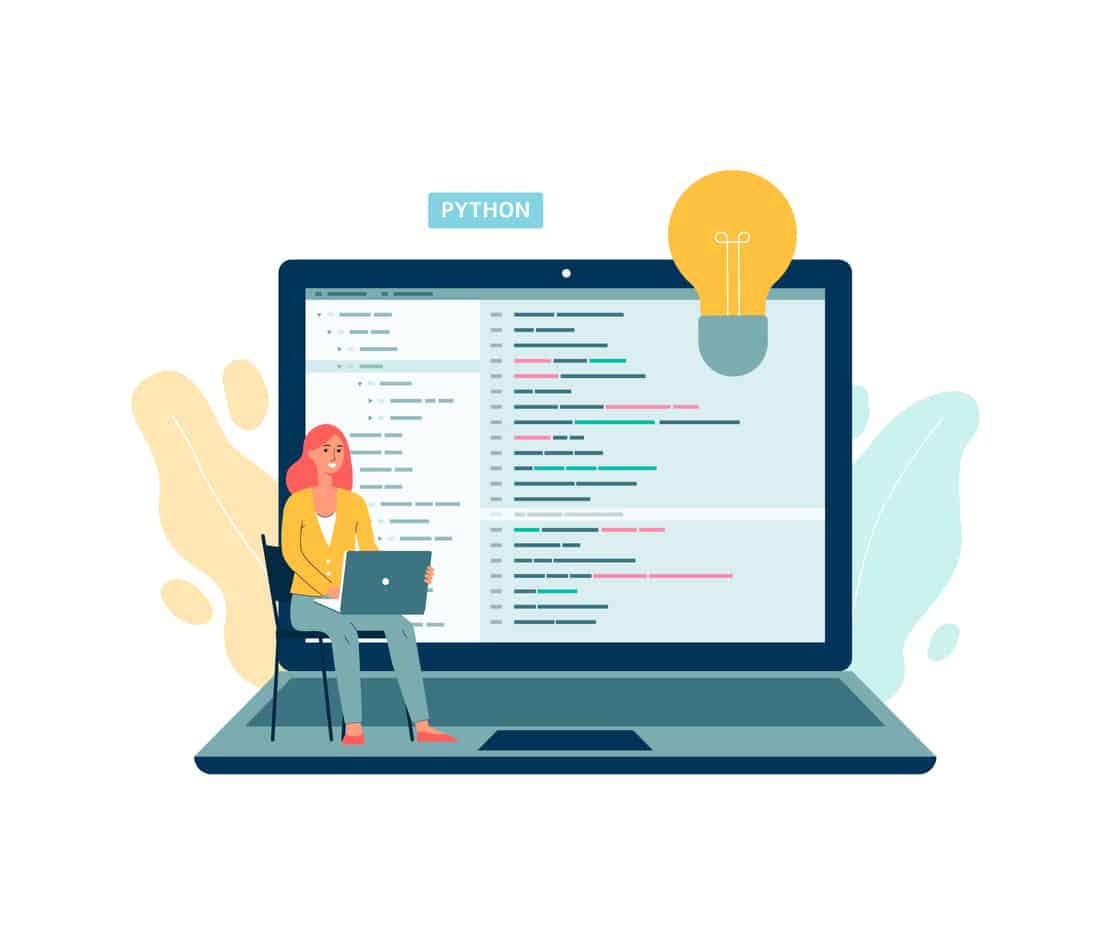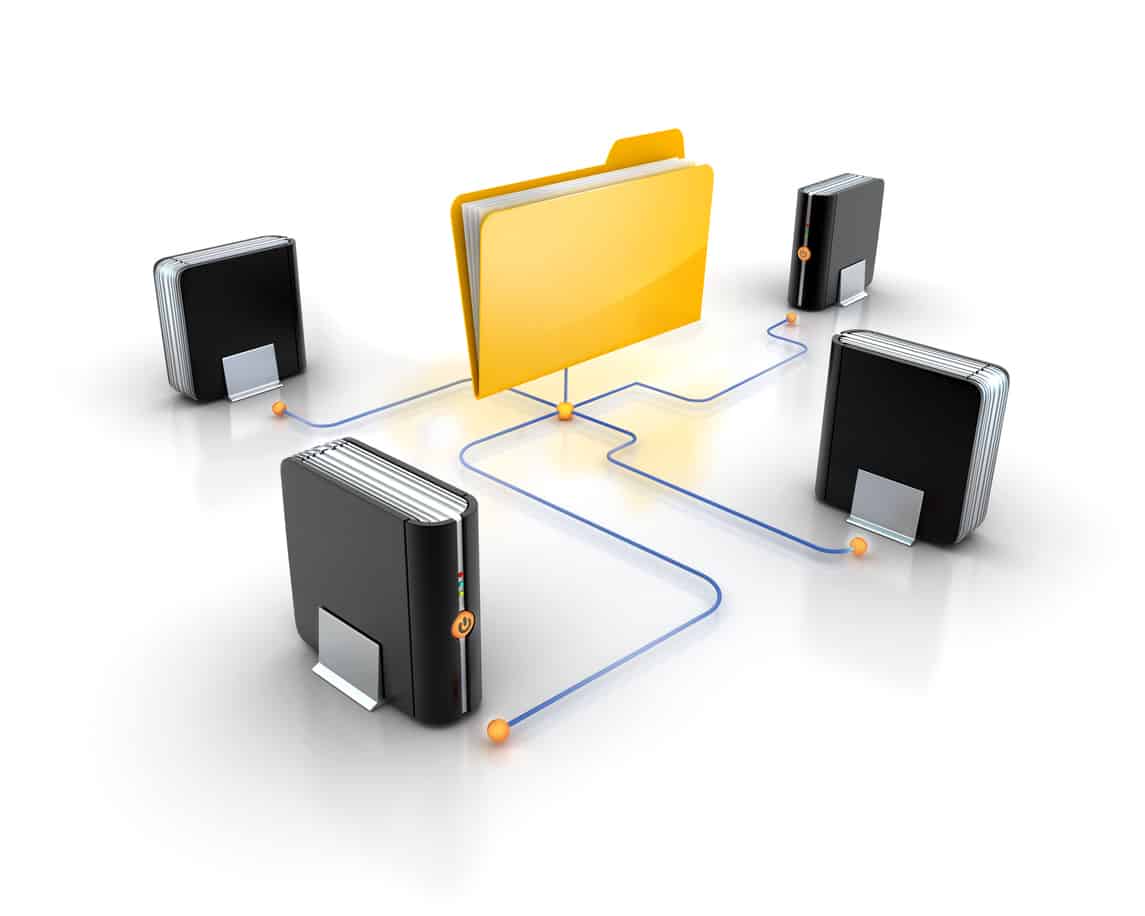- What is Debugging?
- What does debugging mean in software and hardware development?
- Process of Debugging
- What are the different types of Client/Server Models for Remote Debugging?
What is Debugging?
The development process of software program involves
Testing: To detect software failures, to correct them. Testing cannot guarantee the functioning of the software under all conditions but can provide working results for specific environments.
Updating: For improving security, stability and making the user experience better.
Troubleshooting: To identify the problem, repair the software and eliminate the main source of error.
Maintenance: To modify and improve the software and ensure that the software maintains a peak performance level.
Errors and bugs are common in software; ensuring they are taken care of in the early stages of the software development life cycle helps improve the output delivered by the software. The process of fixing a bug in the software is known as debugging.
Debugging involves identifying, analyzing, and eliminating errors and bugs. When software fails to execute properly, debugging of the software is done to eliminate the problem, after which the software is tested to make sure the solution works. The identified errors have to be corrected at all the stages of debugging, making the process complex and time-consuming.
What does debugging mean in software and hardware development?
Debugging (Software Development)
The process in which a software developer first identifies a code error in the computer program locates the main source and finally reproduces it; is known as debugging in software development. It is an integral part of the software testing process, as it nurtures the software throughout the development life cycle.
Debugging (Hardware Development)
The process of identifying and locating the hardware components which are either not installed or configured correctly is known as debugging in hardware development. Example: JTAG (Joint Test Action Group) connection test for embedded systems.
Need for Debugging
Debugging is brought into action from the very beginning of the software development lifecycle. Software developers rely on the process for many reasons:
Time-saving: The bugs and errors are immediately reported.
Stress-free: The need to manually search the errors is eliminated.
Structured: The errors are reported systematically, making it easier for the developer to approach the problem.
Smooth-running: The development process is made easier as the errors and bugs are fixed as soon as they are identified, making it easier for the developers to work on the code for the software.
Cost-Effective: Reduces the cost of the software development as unwanted bugs, errors, and system crashes can be avoided.
Productive: To increase the efficiency of the whole software development life cycle.
Examples of Common Errors
Syntax error: Computer programs compile the source code by following a strict syntax. The error made in any aspect of the syntax of the programming language will generate a syntax error.
Runtime error: An error occurred when the program is running is called a runtime error.
Semantic error: When a programmer codes a statement using the wrong variable, wrong operator, or wrong order, then the semantic error occurs because the statement is syntactically valid but does not perform the functions demanded by the programmer.
Logic error: Any fault in the structure or the logic of the problem can result in logic errors. It is a type of runtime error that does not necessarily result in a program crashing but can produce unexpected results.
Coding Conventions: Software developers can use coding conventions to improve the readability of the software and understand the new code more quickly, easily, and thoroughly. If the standard coding conventions are disregarded, then errors may occur in the program.
Wrong Function: Calling a function is an integral part of any software development. The functions are called when there is a requirement within the program. Calling any wrong functions can result in errors.
Variable Name: Using the correct variable name is important as any error made in the variable name will result in a failed execution of the program.
Error Return: Handling errors are important for the smooth development of any software. Skipping the checks for error returns can make the software development lifecycle difficult and lengthy.
Process of Debugging
Step 1: Find the Error
The error should be identified properly to prevent wasted development time. The errors that the user’s report should not be hard to interpret for the developers, and also, the misleading errors should be identified early in the process of feedback. The genuine and actual error should be identified and should be worked upon.
Step 2: Search for Error location.
This is the step in which the developer locates the exact location of the error. It is more important to locate the error first rather than trying to understand the reasons for the respective error to reduce the time required for debugging.
Step 3: Evaluate the Error
It is important to analyze and evaluate the error; the developer can use a bottom-up approach from the error location to better understand the respective error. The two main aspects of evaluating an error are, first, check the surrounding environment of the error to identify any other errors, and second, make sure the least possible collateral damage to the code while fixing the original error.
Step 4: Search for more.
It is important to search for all the possible errors after analyzing and evaluating the original error. A test framework can be used to write automated tests for these areas.
Step 5: Cover Lateral Damage
All changes made while fixing a bug or an error should be considered, as any unnoticed changes may result in new errors; unit tests should be made for all the respective changes. These unit tests can be used as bases and should be checked and run successfully to avoid collateral damage.
Step 6: Solution
This is the final step in which the error and bugs are fixed, and the solutions are validated. The test scripts are executed to check and verify the changes. Finally, the framework is checked to confirm the elimination of the errors.
Strategies for Debugging
Source Code Analyzers: They are also known as Static Application Security Testing (SAST) Tools. They are used to find security flaws by analyzing the source code or the compiled version of the respective source code.
Other strategies are as follows:
- Static analysis
- Print Debugging
- Remote debugging
- Post-mortem debugging
Static Analysis
Static analysis is a method of debugging where the source code is automatically examined before executing the program.
Static Code Analysis
Static code analysis is a method of debugging used to find any faults in the code that might lead to errors. The source code of the program is thoroughly examined before the program is executed to find any errors or bugs. A multiple set of coding rules is used to analyze a particular set of codes. The process can be carried manually or with the help of automated tools. Using automated tools makes the process much easier. This method is mainly used for two reasons, to make sure coding guidelines are followed and industry standards are maintained.
When to use Static Code Analysis?
Developers make use of static code analysis in the early stages of the software development lifecycle: “Create Phase.” Automated feedback loops are created using DevOps. Errors, bugs, and problems can be identified early in the development process, making it easier to fix them.
Difference between Static and Dynamic Analysis
Both Static and Dynamic analyses are used to find errors, bugs, and problems in the source code. But the main difference is at what stage of development these tests are used to perform the function of finding defects.
Static Analysis: Before executing the program, i.e., between coding and unit testing.
Dynamic Analysis: After executing the program, i.e., during unit testing.
Limitations of Static Code Analysis
The tool can report possible errors, bugs, and overflows present in the code but can’t comprehend the main motive of the developers for the respective code, making it incapable for the tool to understand the developer’s intent, sometimes resulting in vague error reports.
Coding rules that are purely subjective to the developer’s needs, or the rules that can be changed depending on the demands for the program, cannot be processed by static analysis. As these rules are open for any interpretation, static analysis cannot generate a possible error return.
Sometimes the errors generated are false positives, or sometimes they are not able to detect the real errors making a case for false negatives. This can be confusing and hard to interpret for the developers.
Advantages of Static Analysis Tools
Fast-Paced
Developers, when reviewing and searching for errors, bugs, and overflows manually, can be very tiring and time-consuming. Developer tools such as static analysis tools are very useful. They reduce the time taken, find errors early on (in the initial stages of the software development), exactly locate the error, and reduce the development process’s cost. The error, when found in the early stages, is less expensive to fix.
In-Depth Search
It can be very difficult for the developers to search for errors in the depths of the execution code, as these faults can be very hard to locate and process. Many errors might not even be identified, leaving the cause for the failure of execution unknown, resulting in high cost and more time for software development. Static Code analyzers can easily identify the errors, making it easy for the developers to identify the real problem.
Efficiency, Certainty, and Accuracy
Human errors can be neglected as these tools are very accurate in searching and locating all the possible errors. The accuracy increases the efficiency of the software and boosts the certainty of the developer, resulting in the production of high-end quality software.
How to adapt the best suitable Static Code Tool?
Developers should consider the following criteria before deciding on the best static code tool.
The programming language used to develop the software should be considered, static code tools compatible with the respective programming language should be used for the debugging process.
To maintain coding standards, static analyzers can be used. These tools are designed to compile with standards, making them the best choice for fulfilling the standards demanded from high-end software.
Print Statement Debugging
Developers can make use of printf statements to check for any errors and bugs. Print Statement Debugging involves programmers instrumenting their source code by making use of printf statements during the execution of the program. These statements are used to generate outputs and provide a better understanding of the execution process. These statements are easy to add and are quite famous among developers. The printf statements are assigned at various levels of the execution code, making it easy to identify the source of the error. Error returns are generated when the program is executed, which can be fixed by developing suitable solutions.
Advantages of Print Statement Debugging
They are easy to add and can be executed by developers for any possible condition.
They better understand the execution process, making it easier for the developers to identify any eros or bugs.
Developers can control the level of print outputs based upon the needs and demands.
Disadvantages of Print Statement Debugging
Developers have to maintain the additional points generated in the code.
Analysis of the return output becomes difficult when the output generated is very large.
They can be responsible for altering the program behavior, which can lead to an increase in cost and time for development.
It is difficult for the developers to determine sequences for complex programs and requires a huge amount of manpower for executing processes.
The Better Option
TotalView is the best solution. Developers can easily use printf debugging for HPC and complex applications without making the process complicated.
Evaluation Points
Printf statements can be very difficult to work with as they provide a loads amount of data, making the analysis of the correlated processes difficult. The developer has to use new sets of instrument code for making the desired changes, which can be very time-consuming as rewriting new printf statements, recompiling, and re-executing the application takes a significant amount of time. TotalView provides developers with evaluation points, which can be used directly without developing new sets of instrument code.
Aggregate Data
TotalView aggregates the return output, which makes it easier for the developers to search for anomalies. Developers don’t have to waste time searching the errant data from thousands of lines of print output, hence increasing the efficiency of the process.
Reverse Debugging
With the help of the reverse debugging feature, developers can also know the reason for the error by executing the print statements as TotalView not only identifies and locates the error but also provides the platform for continuous execution, which makes it easier for the developers to fix the error. The developers can use continuous executions to identify the real reason for the error without developing a new set of instruction codes.
Remote Debugging
The remote Debugger system consists of two systems, the target system, and the host system. The server runs on the target system, and the debugger (client) runs on the host system. The target system should be connected to the server before deploying any debugger on the program.
RDE (Remote Debugging Environment)
Following are the components that interact with each other in the remote debugging environment under the remote debugger protocol.
Host system– Ladebug debugger acts as the debugger client.
Target system– Remote debugger server.
The program is targeted to be debugged.
Conditions for Remote Debugging
- When the target system cannot support a local debugger.
- When the target system cannot support a local debugger and the program to be debugged simultaneously.
- When the target system cannot access the source files that are to be debugged.
- When a local debugger interferes with window-interface applications.
- When the developer wants to debug the application running on another system.
What are the different types of Client/Server Models for Remote Debugging?
Client/Server Model with a Single or a Shared File System
A- single machine is used to implement the client and server, connecting to the file system.
B- TCP/IP is used to connect the client to a remote server. The same file system is shared by the host and target system.
Client/Server Model with Separate File Systems
The host system connects with the target system with the help of a remote session when a server demon server is initiated.
The program on the target system is debugged with the help of the Ladebug client on the host system. For each program, a new server is initiated for debugging.
The remote server is terminated after each debugging session by the debugger.
Post-mortem debugging
There are many circumstances in which a program can crash or fail. Post-mortem debugging inspects the respective stage to analyze and repair the program.
Steps for Post-mortem Debugging
Run the application until the failure point.
Reconstruct by analyzing the logs.
Debugging Tools
To test and debug softwares, various tools (software programs) are used, known as debugging tools. A few examples are as follows:
- GDB (the GNU debugger):
- LLDB
- Radare2
- Eclipse debugger
- Valgrind
- WinDBg
- Arm DTT (Allinea DDT)
- Microsoft visual studio debugger
- Firefox JavaScript debugger
- WDW (OpenWatcom debugger)






